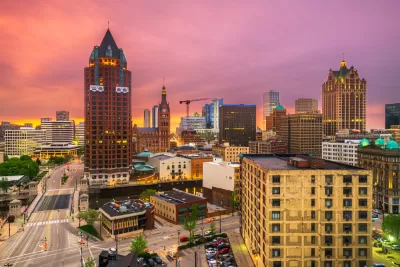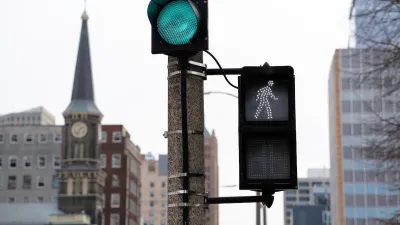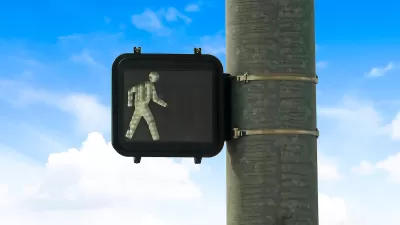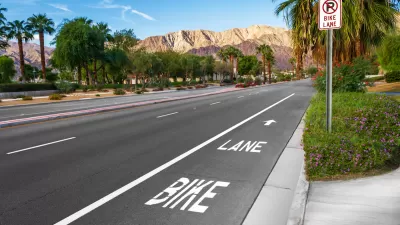The city is making slow but steady progress on reducing traffic deaths. Some advocates say changes aren’t being implemented fast enough to save lives.

An article by Chuck Quirmbach for WUWM looks at the progress Milwaukee is making on its Vision Zero goals, which purport to eliminate traffic deaths by 2037. “Officials say the city is on a path for a lower number of transportation-related deaths this year — the projection is 77, compared to the 87 deaths of 2022.”
Quirmbach outlines the efforts the city is making to implement traffic calming and improve infrastructure for pedestrians and cyclists on some of the city’s roads, but some of the changes are met with the usual backlash. Challenges to road safety include larger vehicles, speeding—and road design that encourages speeding—and a lack of urgency on the part of the city to make improvements on the most dangerous streets.
“Direct federal grants and federal money steered to Milwaukee by state government are providing several million dollars to make the changes.”
FULL STORY: Vision Zero starts to change Milwaukee streets, but will it change drivers' behavior?

Study: Maui’s Plan to Convert Vacation Rentals to Long-Term Housing Could Cause Nearly $1 Billion Economic Loss
The plan would reduce visitor accommodation by 25,% resulting in 1,900 jobs lost.

North Texas Transit Leaders Tout Benefits of TOD for Growing Region
At a summit focused on transit-oriented development, policymakers discussed how North Texas’ expanded light rail system can serve as a tool for economic growth.

Why Should We Subsidize Public Transportation?
Many public transit agencies face financial stress due to rising costs, declining fare revenue, and declining subsidies. Transit advocates must provide a strong business case for increasing public transit funding.

How to Make US Trains Faster
Changes to boarding platforms and a switch to electric trains could improve U.S. passenger rail service without the added cost of high-speed rail.

Columbia’s Revitalized ‘Loop’ Is a Hub for Local Entrepreneurs
A focus on small businesses is helping a commercial corridor in Columbia, Missouri thrive.

Invasive Insect Threatens Minnesota’s Ash Forests
The Emerald Ash Borer is a rapidly spreading invasive pest threatening Minnesota’s ash trees, and homeowners are encouraged to plant diverse replacement species, avoid moving ash firewood, and monitor for signs of infestation.
Urban Design for Planners 1: Software Tools
This six-course series explores essential urban design concepts using open source software and equips planners with the tools they need to participate fully in the urban design process.
Planning for Universal Design
Learn the tools for implementing Universal Design in planning regulations.
City of Santa Clarita
Ascent Environmental
Institute for Housing and Urban Development Studies (IHS)
City of Grandview
Harvard GSD Executive Education
Toledo-Lucas County Plan Commissions
Salt Lake City
NYU Wagner Graduate School of Public Service





























